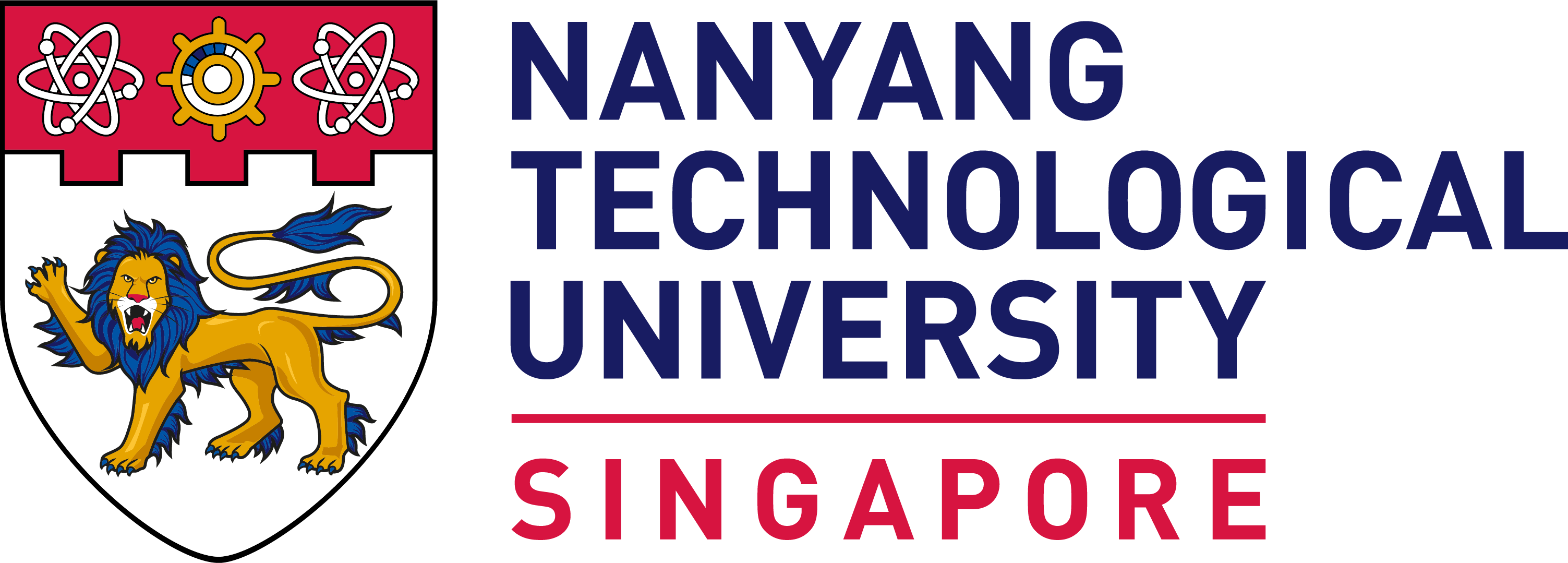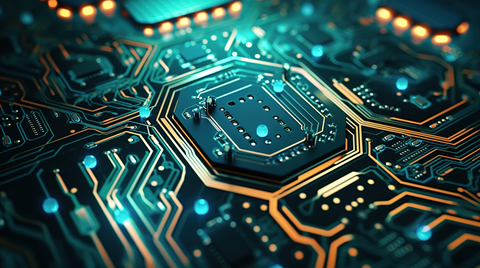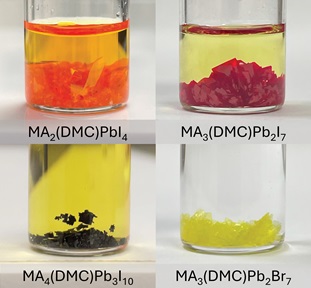Next-generation computers
An expert in quantum engineering and nanophotonics, NTU's Prof Tan Chuan Seng and his team are building quantum computers that work at the speed of light.
A computer is fundamentally an electronic machine that takes in, stores and processes information. In classical computers, this information can be represented by “bits” that can exist in two states: 1 or 0.
A quantum computer, on the other hand, uses the “qubit” (short for “quantum bit”) as a unit of information. Unlike a classical bit, a qubit can represent both 1 and 0 simultaneously due to its unique superposition and entanglement properties. Because of this, quantum computers have much more parallel processing ability than classical computers (Figure 1).
 Figure 1: Information processing in a classical computer using bits (right) versus a quantum computer using qubits.
Figure 1: Information processing in a classical computer using bits (right) versus a quantum computer using qubits.
For instance, in a 32-bit system that possesses more than four billion (232) possible combinations, classical computers compute a specific task by attempting these 232 combinations one at a time. On the other hand, a 32-qubit quantum computer can compute multiple states simultaneously. Consequently, complex computing tasks that would require years of computing time on classical computers could be done on quantum computers within a few hours.
Quantum computing could revolutionise the fields of physics and medicine by speeding up complex protein and molecular simulations as well as opening up new opportunities in cryptography, financial trading and other industries.
Ion traps on a chip
There are several ways to build a quantum computer, including using ion qubits, superconducting qubits and solid-state spin qubits. In our lab, we are developing a scalable quantum computing system based on ion
qubits.
To use the special quantum features of the ion qubits in quantum computing, an ion trap is needed to confine and suspend ions in a vacuum using a combination of electrical and magnetic fields. The trapped ions serve as the qubits, which can coexist in both 1 and 0 conditions.
To “activate” these trapped ion qubits for computing functions, laser beams are needed to trigger mutual transitions between 1 and 0 or any intermediate states (Figure 2). As a result, the ion qubit will emit a photon (a small, fixed amount of light), which is detectable for computing operations.
 Figure 2: How an ion qubit quantum computer uses an ion trap. Credit: Lim Yu Dian.
Figure 2: How an ion qubit quantum computer uses an ion trap. Credit: Lim Yu Dian.
Traditionally, ion traps are made from mechanically-assembled metallic components, as shown in Figure 3a. To further miniaturise the ion trap for quantum computing applications, we have fabricated ion traps on silicon chips using well-established silicon wafer processing techniques (Figure 3b).
 Figure 3: (a) Mechanically-assembled ion trap; (b) Ion trap fabricated in our lab. Credit: (a) Reprinted with permission from Springer Nature, Journal of Fusion Energy (2010), DOI: 10.1007/s10894-010-9296-9; (b) Lim Yu Dian.
Figure 3: (a) Mechanically-assembled ion trap; (b) Ion trap fabricated in our lab. Credit: (a) Reprinted with permission from Springer Nature, Journal of Fusion Energy (2010), DOI: 10.1007/s10894-010-9296-9; (b) Lim Yu Dian.
Bringing it all together
As explained above, laser beams are needed to activate ion qubits for quantum computing operations. Conventionally, laser beams are directed onto trapped ion qubits from an optical fibre, requiring at least
one external optical fibre for each of the ion qubits. However, in complex computing systems with more qubits, external optical fibres take up a considerable amount of space, limiting the miniaturisation of the system.
Alternatively, the laser beam could come from the chip instead of an external optical fibre. Using our specialised optical circuit leveraging silicon photonics, an external laser beam can be transmitted through an optical device (grating coupler) and directed onto the ion qubit from the chip. This option allows us to greatly reduce the size of the quantum computer, paving the way for the fabrication of complex computing systems.
In addition to developing ion traps and optical devices, we are also exploring the integration of electrical interconnects into the quantum computing system using advanced 3D packaging approaches. Through scaling down and integrating all required components onto a single silicon chip, we hope to reach our goal of a stand-alone quantum computer (Figure 4).
 Figure 4: Schematic of a 3D ion trap integrated with silicon photonics for scalable quantum computers. Credit: Lim Yu Dian.
Figure 4: Schematic of a 3D ion trap integrated with silicon photonics for scalable quantum computers. Credit: Lim Yu Dian.




.tmb-listing.jpg?Culture=en&sfvrsn=29c7e020_1)
.tmb-listing.jpg?Culture=en&sfvrsn=55153609_1)

